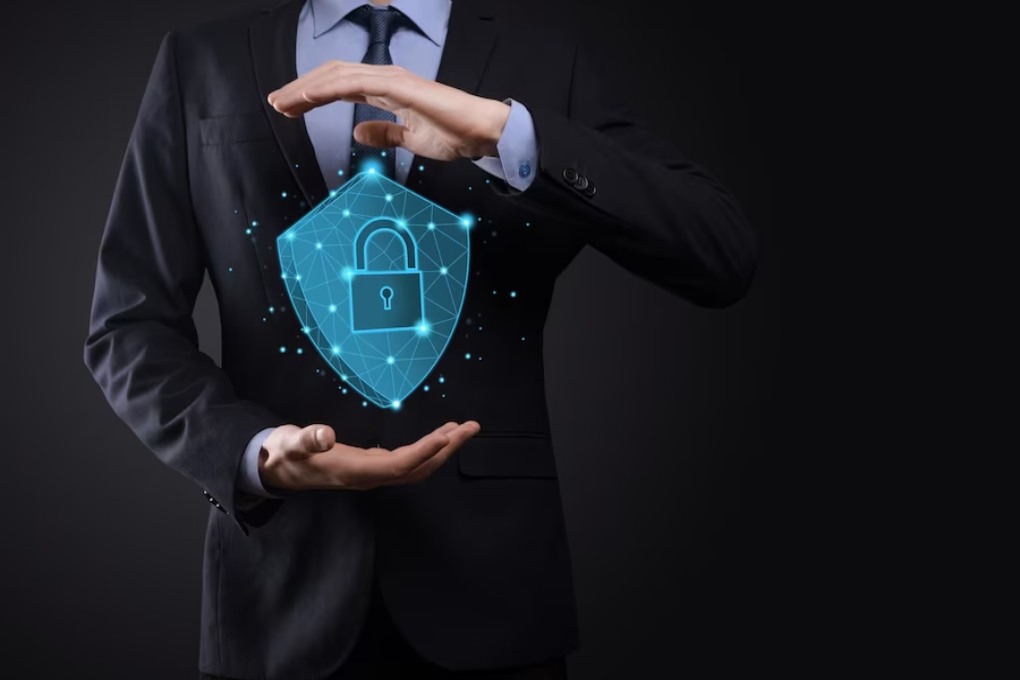5 Tips For More IT Security In The Home Office

The pandemic is still testing the resilience of online security around the world, while at the same time increasing numbers of citizens are forced to conduct their daily lives and work online. This means that education about home office IT security is becoming increasingly important.
IT security in the home office is not just a question of technological security. Protection through software or security updates and better VPN connections are important framework conditions, but they are not enough on their own. Because the most important factor is the users themselves.
Table of Contents
Tip 1: Secure WiFi
The home network should use at least WPA2 (Wi-Fi Protected Access) encryption, better WPA3. The WPA-TKIP or WEP versions are outdated and therefore not recommended. However, not all devices are equipped with the new WPA3 version or can be expanded with it. A secure password is all the more important. It should be at least 20 characters long, contain upper and lower case letters, special characters and numbers, but no words that can be looked up in a dictionary. It is also important to limit access to MAC addresses. The addresses of devices classified as safe can then be entered in the settings of the WLAN router. Only then can they connect with him. It is also recommended to disable WPS (Wi-Fi Protected Setup) to prevent.
Tip 2: Use Comprehensive Virus Protection (And Keep It Up To Date)
In order to keep potential attackers in check, however, additional active protection mechanisms are required. Even remote teams can stay safe from home with antivirus solutions. They arm themselves against zero-day attacks, malware, Trojans, phishing and ransomware, among other things. Installing the solutions once is not enough. For really comprehensive protection, the virus software must always be kept up to date.
Tip 3: Use A Secure VPN Connection
Data can be transmitted securely using end-to-end encryption. The data is encrypted on the sender side and decrypted on the recipient side. In this way nobody from outside can read the data. This is possible with a Virtual Private Network (VPN). The data is transmitted in encrypted form through an IP tunnel between the user’s end device and a gateway in the company network. In this way, users can also securely access the intranet or locally stored files in their company network from home.
Tip 4: Use Secure Authentication
The registration on end devices can also be secured. This is where two-factor authentication comes in handy. This uses an additional level of authentication in addition to the password. This second factor can be a fingerprint, a code sent by email or SMS, but also a TAN generator. In this way, the identity of users is proven as clearly as possible.
Tip 5: Email Security
A common attack vector for cybercriminals is email. Fake emails, so-called phishing emails, play a decisive role here. The criminals deliberately exploit false identities or people’s insecurity and curiosity. For example, such emails contain alleged instructions from superiors or business partners. The most important protection here is awareness and a healthy mistrust. Phishing emails often use unusual letters or punctuation marks, and the spelling is sometimes incorrect. However, such errors are becoming increasingly rare, so that close attention must be paid to the originator and content. In case of doubt, a phone call or an inquiry to the apparent sender should confirm the authenticity.
Also Read: Tips For Working Efficiently In The Home Office




